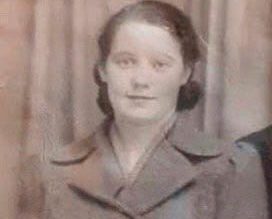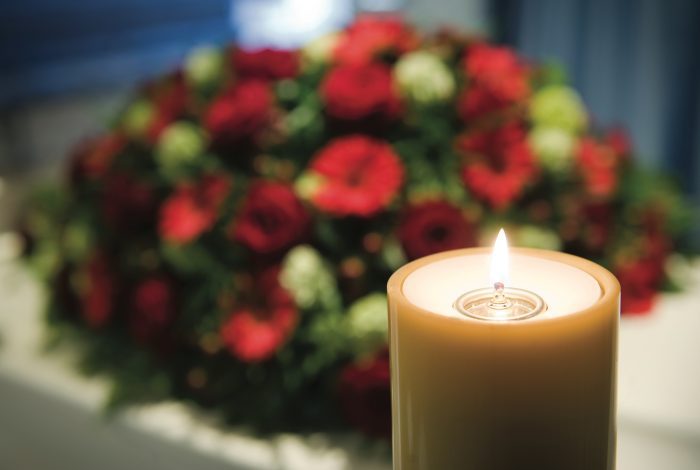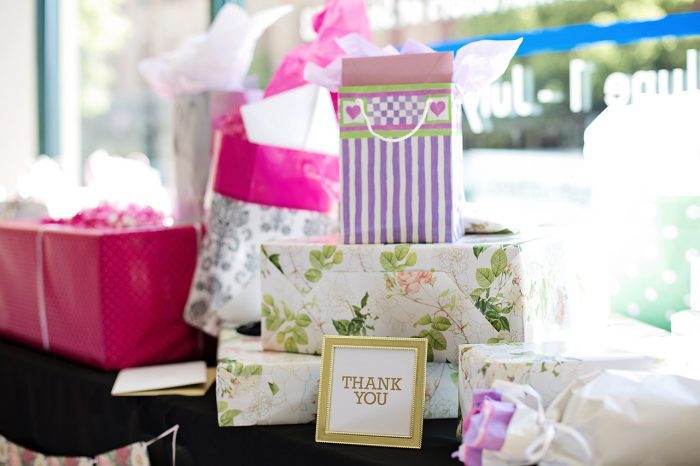By Leah S. Dunaief

In my basement, where we keep the television, there lives a whole array of characters ready to leap into exciting action with the click of a button. All I needed to make this miracle happen was a subscription to Netflix who, by the way, just raised its rates. It’s still worth it because, when I return from the office at the end of the day, and dinner is over, we can enter any number of worlds and stories for entertainment and in the comfort of our home. Yes, we live in an amazing age. There was a time when only rich Hollywood stars could have movie theaters in their basements; now all us bourgeois types can.
So what am I watching now?
I enjoy the series that have multiple episodes. I particularly like the ones that have been going on for years, and I can bing them from their beginnings on weekends, when I don’t have to get up early the following mornings.
Currently we are coming to the end of the episodes on season five of “Virgin River.” Supposedly set in northern California but actually filmed in the gorgeous mountains of Vancouver, British Columbia, the scenery is worth following the story as much as the plot. There are frequent shots of craggy mountain tops, dense forests, verdant valleys, waterfalls pouring into glistening rivers and often spectacular sunsets.
The storyline, which is somewhat predictable but nonetheless engrossing, concerns an attractive but troubled nurse practitioner, who comes to the small town of Virgin River in response to an ad from a medical practice. She is seeking escape from her San Francisco past and indeed finds, and begins to build, a new life in a place “where everybody knows your name.” In this instance, it’s Jack’s restaurant. You might already have guessed that the best feature of the eatery is Jack, a hunky guy with his own demons.
The many characters that we then meet are well drawn and we become hooked on all their stories. Many of the themes in each episode draw on contemporary societal issues, such as the fentanyl crisis, sexual assaults and the California wildfires. Our characters face the problems that present themselves with greater or lesser success, but one thing is a relief. There is nothing about national politics or international conflicts. The plots offer pure escapism, which is a welcome change after I have watched the preceding PBS News Hour.
The concept of a small town, in which most people are deeply connected and care for each other, has always been popular for storytellers. Is there any truth to that idea?
Along the north shore of Long Island where our newsmedia focus, we essentially live in small towns that are strung together by our roadways and rail line. Is the quality of life better here than in New York City?
In my opinion, which, of course, is a mere sampling of one, I would say yes. I do hold twin perspectives, however. I grew up in Manhattan, where I spent the first 21 years, then lived in Boston, then Chicago—big cities all. It was only as I approached 30 that we moved here, and I tasted what to me was small town life.
What did that mean?
It immediately meant not having to struggle for privacy, which is a feature of urban living.There was enough room out here for people to live as they wished. The neighbors were not on the other side of the wall, or in the apartment above or below. And it was quiet sometimes. It’s almost never quiet in a big city. It could also be dark, which means the stars and moon are visible. Is it ever dark in Manhattan? And it certainly smells better. There are no huge exhaust fumes from endless vehicles nor uncollected garbage in the streets.
And with less density, residents interact more willingly—at the post office or in the supermarket. The pace is slower, more conducive to a bit of socializing.
But New York, New York? I’ll always say it. “It’s a wonderful town.”
















